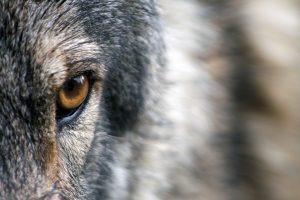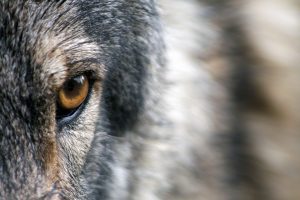We have some Concerns after speaking with Travis Fletcher Range Program Manager, at the Wolf Advisory Group Meeting in September. He stated that some allotments were being grazed without current Nepa EIS, because they haven’t had time to do new EIS’s From The Draft Plan: , they claim there are a total of 58 grazing allotments where 42 currently have permitted use with
16 that are in a vacant status. Most vacant allotments cannot be permitted at this time due to there being no current NEPA document which assesses the effects of grazing and no current allotment management plan (AMP). Vacant allotments would be assessed at the project level to determine the appropriateness of future grazing use
We will have to investigate further what they refer to as a Current NEPA Document, to insure that they are not being grazed without. Something else that is concerning is the simple fact that in one sentence they claim there are grasses that were once there for wildlife are now dominated by introduced species, which most likely was introduced to the forest by Cattle. Then in another sentence how good grazing is for the environment. It is very clear that during our visit there in September that there are places on the Kettle Crest Trail that people complain that they can not even hike without stepping in Cowshit.. The areas we witnessed in the area where there actually was water in the draws were in fact trampled by cattle along with cowshit polluting the water.
From their Draft: Affected Environment Background: The rangelands of the planning area and many of the major perennial grasses (such as bluebunch wheatgrass and Idaho fescue) did not evolve with substantial ungulate grazing (Daubenmire 1970). Year-long open-range grazing in the late 1800s and into the early 1900s was of such magnitude and had such devastating legacy results, that grazing laws were developed for public lands by 1910. In the planning area, season-long sheep and cattle grazing without rotation or rest was prevalent in the first half of the twentieth century and caused degraded conditions in many grasslands and meadows (Franklin and Dyrness 1988, Alverson and Arnett 1986). The effects of past management are apparent in the high amount of non-native grasses like Kentucky bluegrass (Poa pratensis), reed canarygrass (Phalaris arundinacea) and redtop (Agrostis alba) in low elevation meadows (Kovalchik and Clausnitzer 2004). Disturbed steppe and shrub-steppe communities that were once characterized by perennial bunchgrasses now have a strong forb component or are dominated by introduced species (Clausnitzer et al. 2006). Overgrazing of green fescue (Festuca viridula), an important dominant bunchgrass of montane and subalpine herbaceous vegetation types, has caused soil erosion and increases in unpalatable forb and dwarf-shrub species in some areas that have persisted into presence (Clausnitzer et al. 2006, Shiflet ed. 1974). The recovery rates of bunchgrass communities are slow and may never reach their former status after severe overgrazing (Franklin and Dyrness 1988).

